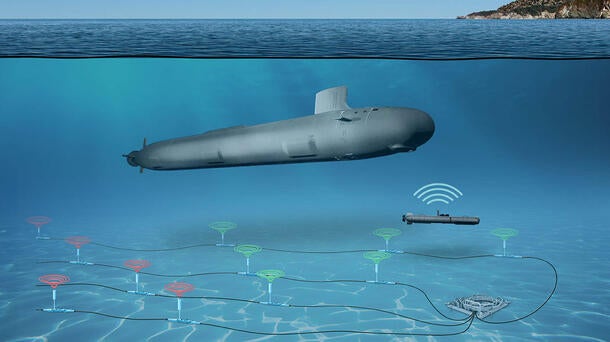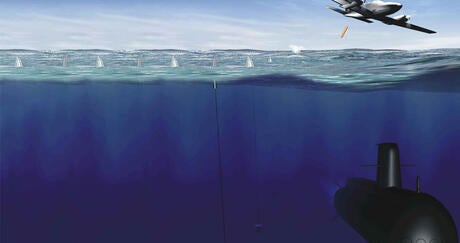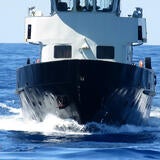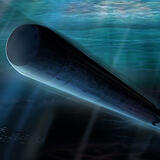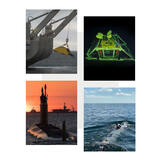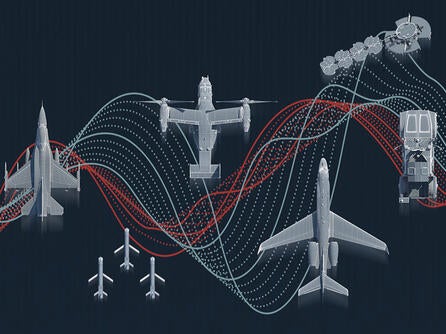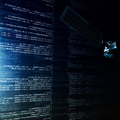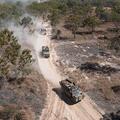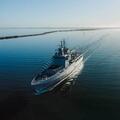When it comes to undersea operations, reliability is crucial. L3Harris has been a pivotal player in the development and deployment of underwater range technology for the U.S. Navy since the early 1960s. All currently operational training ranges in the United States are equipped with systems designed, manufactured and installed by L3Harris. These systems are renowned for their reliability and long-term operational capabilities, with some currently operating in their third decade, and are instrumental in preparing the U.S. Navy and its allies for undersea operations.
L3Harris' expertise in creating high-reliability components within redundant, fault-tolerant architectures ensures robust performance in demanding underwater environments, both in near-shore areas and at depths up to 4,000 meters. L3Harris’ undersea range technology is considered the world's leading solution, maintaining a competitive edge through company internal research and development, continuous evolution and leveraging decades of experience.
Australia has benefited significantly from L3Harris' expertise, with some systems undergoing three generations of upgrades and expansions. Decades of trouble-free operations showcase the durability, reliability and relevant functionality of L3Harris' technology. This extensive experience and proven track record were key factors in Australia’s decision to select L3Harris to design and deliver its new Maritime Underwater Tracking Range (MUTR).
The MUTR will replace the original tracking range system, which ceased operations in 2012, equipping the Royal Australian Navy (RAN) with enhanced subsurface tracking capabilities and optimized readiness. The previous range, also installed by L3Harris, operated for nearly 20 years. Under the SEA 1350 MUTR contract, L3Harris will provide undersea warfare support capabilities to the Australian Defence Force (ADF). This will enable the Commonwealth to assess the readiness of current and future ADF assets, enhance surveillance, improve warfighting tactics and proficiency, and ensure sovereign readiness and superiority to protect Australia’s maritime approaches and sea lines of communication.
Through a network of sensors, the tracking range will capture and relay information about the location and movement of assets in the tracking field. The MUTR will allow for exercises in both deep ocean and coastal waters, involving surface and subsurface assets simultaneously. This capability is crucial for the Commonwealth’s ability to quickly test and evaluate the readiness of existing and future platforms and their weapon systems, especially in support of Australia’s strategic shipbuilding program.
The Evolution of the Mobile Underwater Tracking Range for the RAN
For over three decades, L3Harris has been a reliable provider of both fixed and portable signature test and evaluation range services to the RAN. The RAN’s surface and subsurface fleet undergo acoustic ranging for signature anomalies prior to deployments. Lightweight and heavyweight torpedoes from submarines, surface ships and aircraft are tracked to provide performance evaluation, recovery assistance and range safety services.
In 2008, L3Harris adapted its existing Portable Acoustic Sonobuoy Range (PASOR) system to augment an existing fixed tracking range that had suffered a cable failure. Since then, PASOR has evolved into the primary tracking range capability for torpedo exercises. It now includes deployable seabed sensors and is in development for a third generation, set to be delivered into SEA1350, incorporating autonomous surface vessel components.
L3Harris' tracking ranges have operated in all waters around Australia, handling torpedo firings in depths ranging from 50 to 4,500 meters and signature rangings in both tropical northern and cold southern waters. The compact receiver system fits into a person-portable case and has been deployed onto various vessels on short notice, sometimes with as little as 48 hours' notice. To date, over 200 torpedoes have been tracked, including those air-launched and from U.S. Navy platforms.
Building for the Future
The MUTR will be constructed in Western Australia. As the incumbent supplier of ranges to the RAN, L3Harris will support Australia’s focus on anti-submarine warfare capabilities and facilitate littoral test and evaluation, enhancing the Navy’s capabilities over the next decade.
With extensive experience supporting the undersea domain, including the Collins-class submarines, L3Harris’ Fremantle office is ideally suited for providing systems, maintenance, support and upgrades for the RAN. Additionally, our U.S. operations deliver capabilities for the Virginia-class submarines, which are supported in Australia.
Key AUKUS Asset: Australian Maritime Underwater Training Range
AUKUS offers a unique opportunity for Australia, the United Kingdom and the United States (AUKUS) to enhance their military capabilities, develop interoperability and strengthen deterrence in the Indo-Pacific region. The Australian MUTR is a significant component of this security partnership.
Australia’s MUTR is critical infrastructure that supports AUKUS's efforts to develop and deploy advanced undersea capabilities, thereby strengthening joint defense and contributing to regional security. It enables the development and testing of advanced undersea technologies, including uncrewed maritime systems, artificial intelligence, autonomy and other innovations outlined under AUKUS Pillar 2. Additionally, the range serves as a platform for joint exercises, demonstrating the AUKUS partners' ability to integrate advanced undersea technologies and operate seamlessly together.
These capabilities are vital for maintaining maritime dominance, ensuring national security and advancing high-tech modernization. By fostering collaboration in the development of next-generation submarines, uncrewed underwater vehicles and anti-submarine warfare technologies, AUKUS enhances both strategic and operational capabilities. This emphasis on protecting critical undersea infrastructure is reinforced by L3Harris, which provides reliable capabilities crucial for the underwater domain and the readiness of current and future ADF assets.
